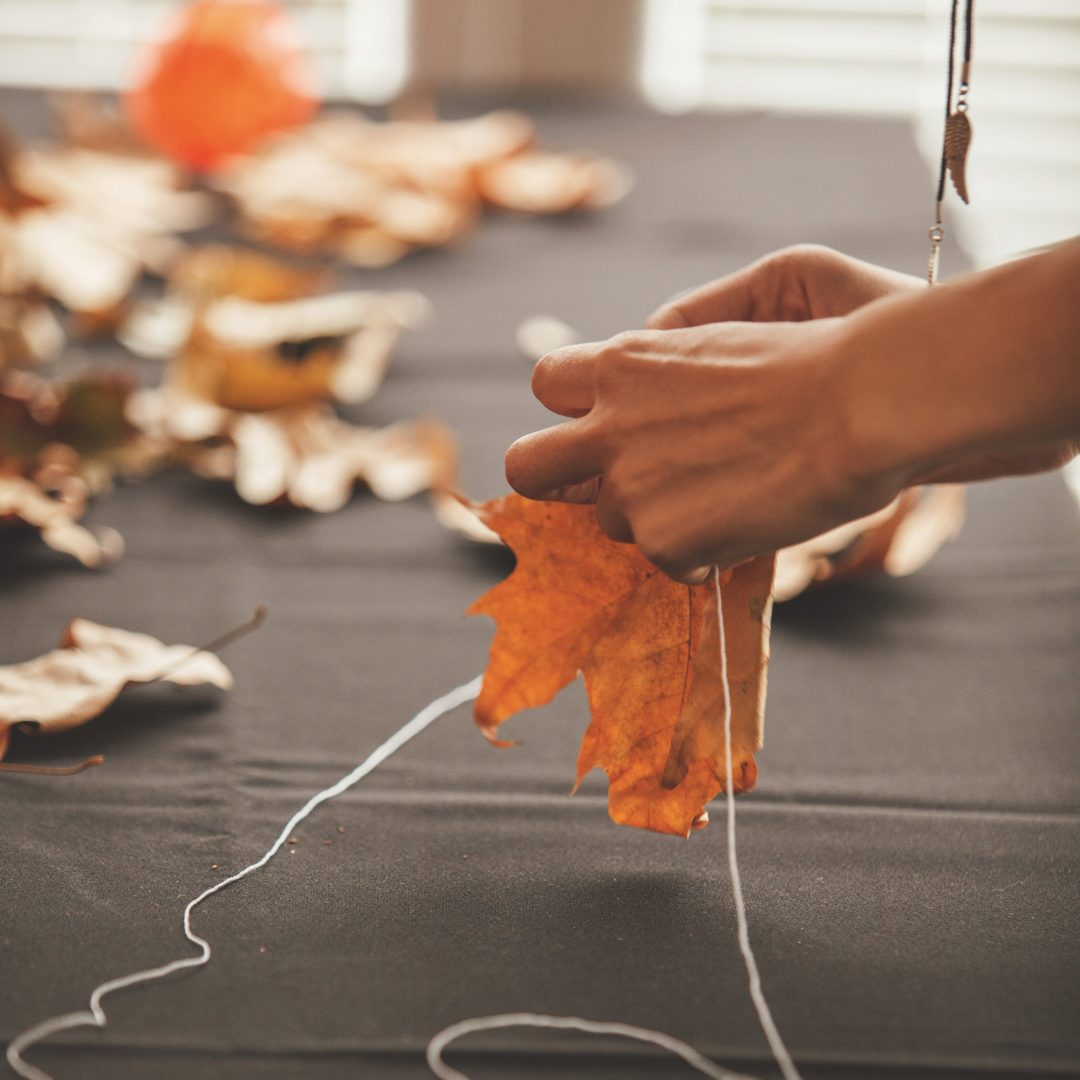When decorating your space, you will inevitably be faced with tough decisions. Do you stick to the rules or go wild? Do you play it safe and go with tradition, or do you take a risk and take on the latest trends? No matter which way you fall, one thing that stays the same is the need to decorate your home. After all, you are decorating a space where for a specific purpose like an office or for your home where you can escape and unwind.
Décor comes in all shapes and sizes. Whereas some people prefer industrial chic, others prefer minimalistic and clean. Then there are those that want to integrate a bunch of decorative pieces or other store fixtures to make their commercial space have a unique vibe. Regardless of what you choose, decorating can sometimes be an overwhelming undertaking. But do not worry! We have gathered some of the best tips every DIY designer should know.
Make it your own
The essence of transforming a house into a home lies in the infusion of your personal touch. Be it through engaging in bathroom, bedroom, or kitchen diy projects, the key is to imprint your unique style and preferences. A house truly becomes a home when it resonates with elements that reflect “you” – whether it’s a distinctive piece of furniture, a carefully chosen wall hanging, or even the choice of curtains. If your living space lacks these personal expressions, it might be worth contemplating whether you genuinely feel a sense of belonging and comfort within its walls. The beauty of personalization is in creating an environment that aligns with your tastes, making every corner a reflection of your personality and turning the house into a warm and inviting home. This is when you should ideally start adding stuff to your rooms that you like. This can be a simple addition of Custom Shades, a stained glass chandelier, or shaggy rugs. Or you can take a step further and change the wall colors, countertops in the kitchen, and the existing flooring in your bathroom.
Seek design inspiration for a mood board
Designers often look for a source of inspiration, whether it is a color palette, a piece of furniture, or a fabric, to help them design a room. Mood boards are a creative way of collecting images, colors, and anything else that will help you get a fresh perspective on a room. While they are most associated with fashion and interior design, the mood board concept is also effective for graphic designers.
Consider colors and fabrics
If you are looking for the ideal decorating tips, consider colors and fabrics. There is so much variety in both, and if you are green with envy when you walk into a room, chances are you have not utilized them both together. When it comes to color, you have a huge array of choices. There are shades you can learn about, look through, and pick out, and often, you will be pleased with what you choose, but with fabrics, you have even more choices. When you go shopping or look online, you will see that designers emphasize fabrics.
Try before you buy paint and paper
Try before you buy paint and paper is one of the decorating tips every DIY designer should try. You can try a paint swatch against your wall and see what you think. Also, you can try tissue paper or wallpaper swatches to see how it looks when you are in the room. If you are planning to paint your house, ensure that you have quality folding ladders, and other safety commodities to avoid accidents while doing the DIY design project. Don’t jeopardize your safety while working.
Fill a room with a signature fragrance
When it comes to decorating a room, there is no shortage of tips that any DIY designer can use. You can swap out paint colors, swap out light fixtures, swap outdoors, swap out windows, swap out furniture, swap out flooring, and swap out window treatments. But one of the best decorating tips is to add scent to a room. Put a candle in a bedroom or fix a diffuser in the bathroom. A candle in the bedroom will relax, while an aromatherapy diffuser will uplift.
Conclusion
The decoration of a home is as essential as its structure. After all, a home is a place where people live. Its decoration is not just about aesthetics but also its functionality. It defines your taste and your sensibilities.

